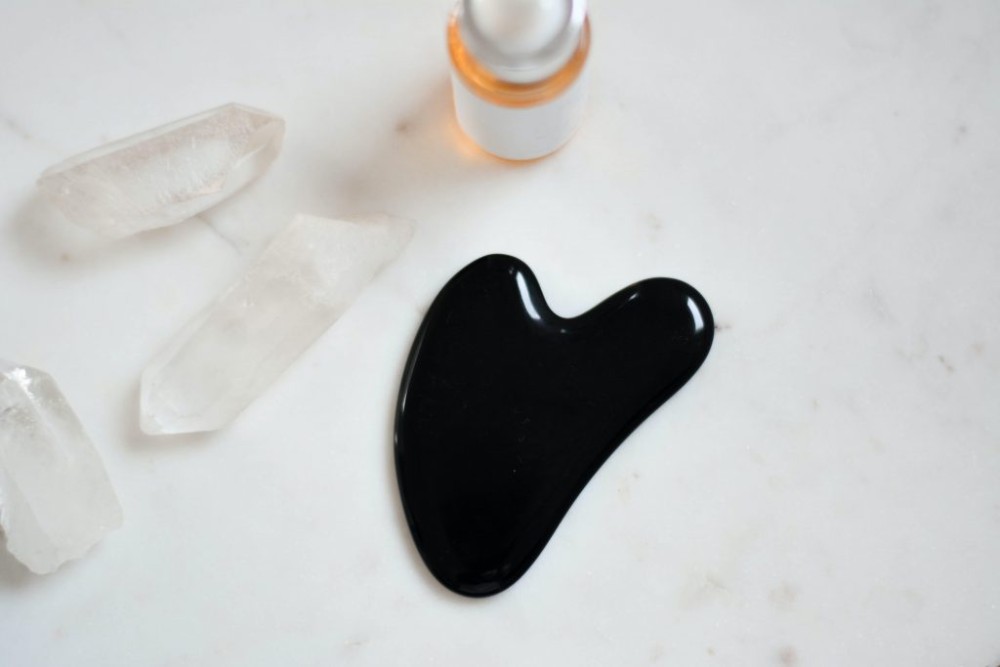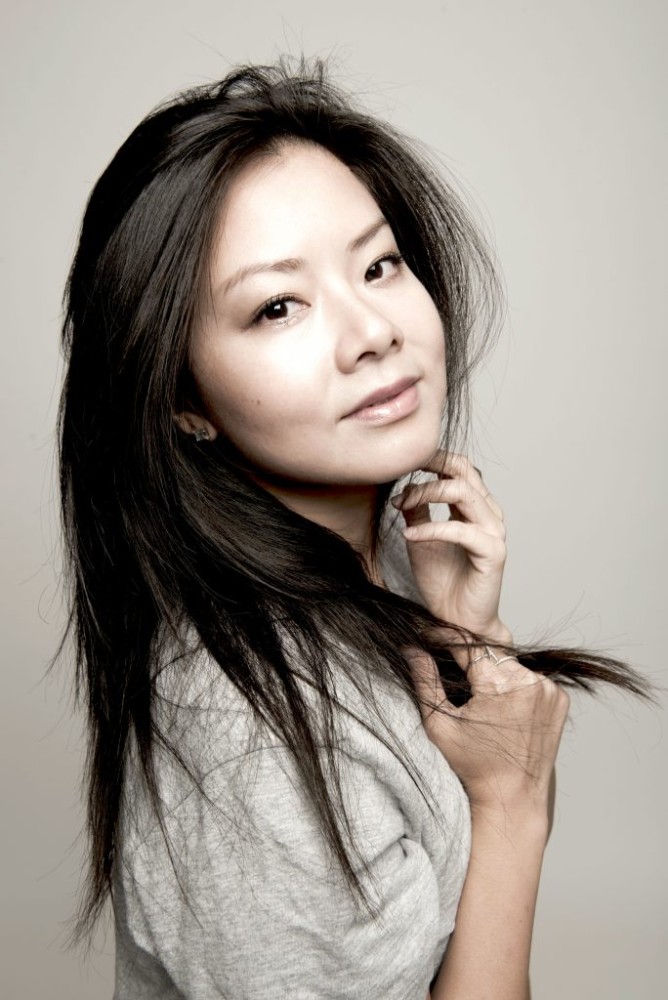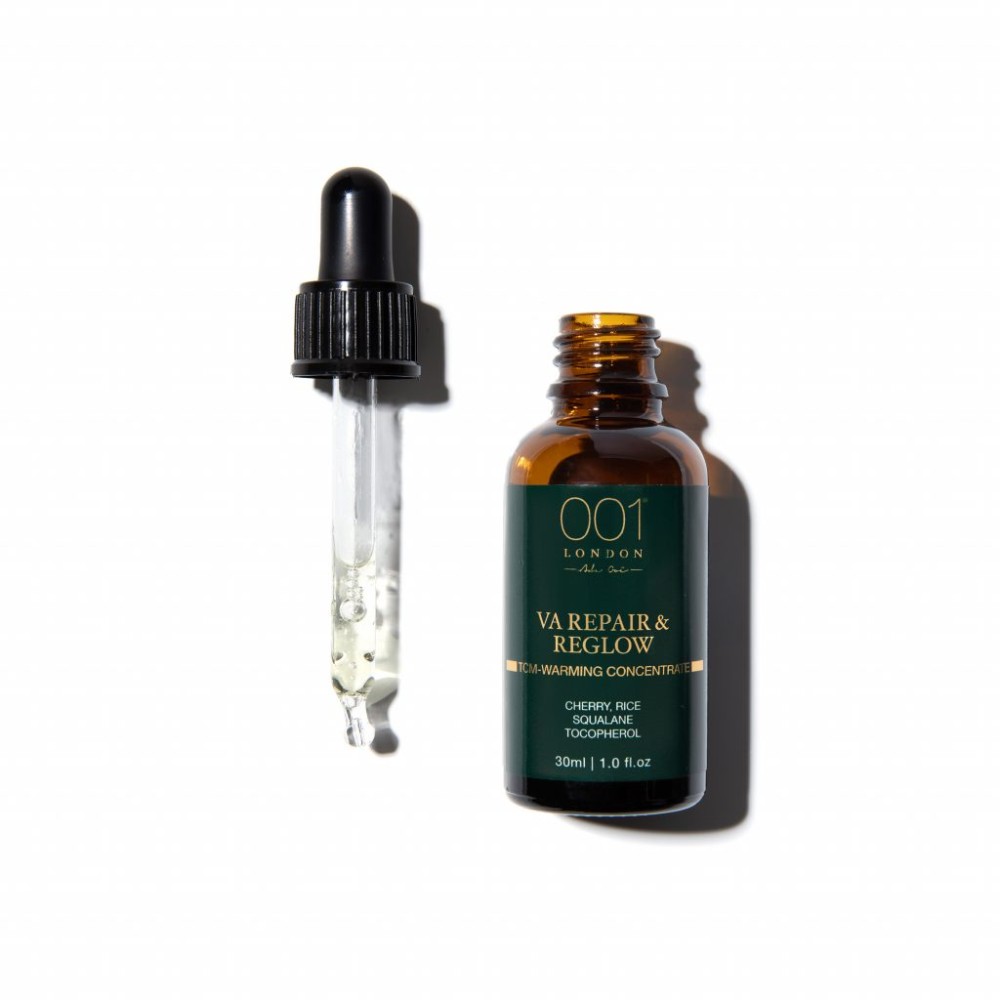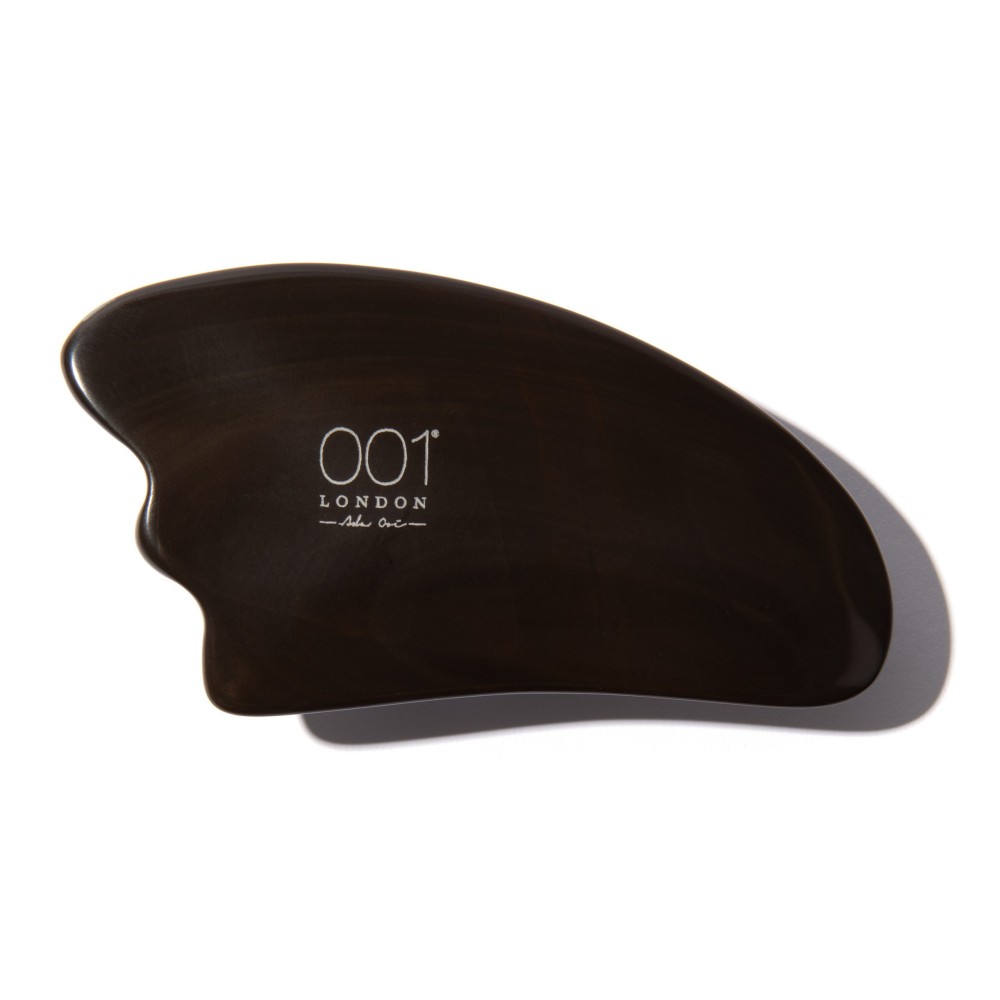How to gua sha: 5 expert tips for sculpted, glowing skin
Nov 10, 2020

“Skin is merely a reflection of what’s happening inside the body,” says Ada Ooi, celebrity facialist and founder of 001 Skincare London, a natural-cosmeceutical skincare brand that fuses Traditional Chinese Medicine (TCM) and modern science. Attracting A-lister clients including Rooney Mara, Ellie Goulding and Lady Gaga, Ooi’s microSculpting modern gua sha facial is one of the most sought-after appointments at her spa in London. Classically trained in aromatherapy and aesthetics, she grew up learning TCM techniques such as gua sha from her pharmacist grandfather in Hong Kong.

See also: Skin love: 5 best bakuchiol-infused beauty products
Translated, gua means to scrape and sha refers to a rash or redness, which was traditionally used on the body to alleviate pain symptoms. Now an oh-so-buzzy beauty and self-care ritual, gua sha is more than just a pretty massage tool. “Gua sha has been proven to boost micro-circulation by up to 400 percent,” Ooi confirms. “It’s great for depuffing, brightening and evening complexion, and minimising signs of aging.”
Ahead, Ooi gives us the low-down on everything we need to know before getting started with the ancient TCM technique, from choosing the right facial oil to expert tips for sculpted, glowing skin.
Get a gua sha tool
When choosing gua sha tools, opt for a stone that you like, be it by the looks of it, or how it feels on your skin: the smoothness, the temperature or the weight. If you are an energy believer, you may also want to choose a stone that aligns with your body energy.
“The most important aspect that I pay a lot of attention to, though, is the shape and the cut,” says Ooi. “The shape needs to work with the area you want to work on. Larger piece for the whole face and décolletage, and smaller piece for places where you need precision.”
The 001 Skincare London gua sha microSculptor, for instance, comes in two sizes to give the user more control when massaging different parts of the face. “I have also chosen Bian stone, which is a Chinese medical stone that’s been used from the start of ancient time when Chinese medicine was first documented,” she adds. “It is high energy charged with the ability to boost skin, synergy and wellbeing. It is also a mineral rich and a very dense stone with a relatively heavy weight if you compare it to the usual jadeite or quartz.”
Use the right skincare products

To give your gua sha tool the perfect slip for the ritual, Ooi recommends using an oil serum made of non-comedogenic natural oils. “Natural oils have a chemical structure that is much closer to our natural sebum so as you’re massaging you get the most benefit from absorbing the oil if your skin needs it, or enhancing the oil’s ability to attract and melt stubborn oils from the pores.”
Avoid oil serums that contain synthetic ingredients like silicone which sits on the surface of the skin and may cause breakouts. Regular gel- or cream based moisturisers may not be the best option either, as they usually cause friction and result in bobble bits.
Choose the best time to gua sha
There’s no set rules on how and when you should be doing facial gua sha. For the body though, Ooi suggests that “the body should avoid coldness and humidity within two hours after gua sha to avoid cold and dampness affecting our regular flow of blood and qi.”
Learn the techniques
1. Prepare a gua sha tool (Ooi recommends the microSculptor™ No.3 The Three Slopes) and an oil-based serum like the VA Repair and Reglow concentrate.
2. Gua sha on half of the face first followed by the other half. Repeat as needed.
3. Massage techniques for different purposes:

To drain: choose a side of your face, point your the “3 slopes” side of the microSculptor at middle of your chin and go upwards along the jawline to the front of ears, pause and wiggle to stimulate the triple burner meridian which governs our nervous system and helps us relax. Then from the back of your ears, pulse or move the gua sha tool downwards to the neck and reach the collar bone, pause and wiggle. This will promote lymphatic drainage and guide toxins and excessive fluids to be flushed out.
To sculpt: Place the “3 slopes” side under the inner corner of your cheekbone, follow the shape of the cheekbone and gradually move towards the ear, as you’re moving, apply medium-firm pressure to grind and lift the tissue under the cheekbone to loosen any tension and stubborn fluids while also lifting and sculpting. Repeat with the long curve side of the microSculptor to intensify the action and make your facial feature “pop”.
To lift: Place the “3 slopes” side on the inner corner of your eyebrows and do zig zag motion towards the hair line, pause and apply medium pressure on the hairline. Repeat, gradually move towards the direction of the temple.
Be creative
“There are many tutorials online that talk about rules to use the gua sha tools: lay flat, be gentle, keep it no higher than 30 degrees, etc. I don’t disagree with these ‘rules’ but I don’t think there are any rules in using them,” says Ooi. “These are tools that have been used by my grandparents who aren’t professional aestheticians for cosmetic purposes and they are very creative in finding ways that work for them.”
The celebrity facialist prefers to apply firm pressure and always position the edge of the tool at 90 degrees to the skin to stimulate and hit the points and muscles. “Just have fun with the tools and use strokes that feel good!”
See also: 5 Hong Kong shops that offer refillable beauty products






























